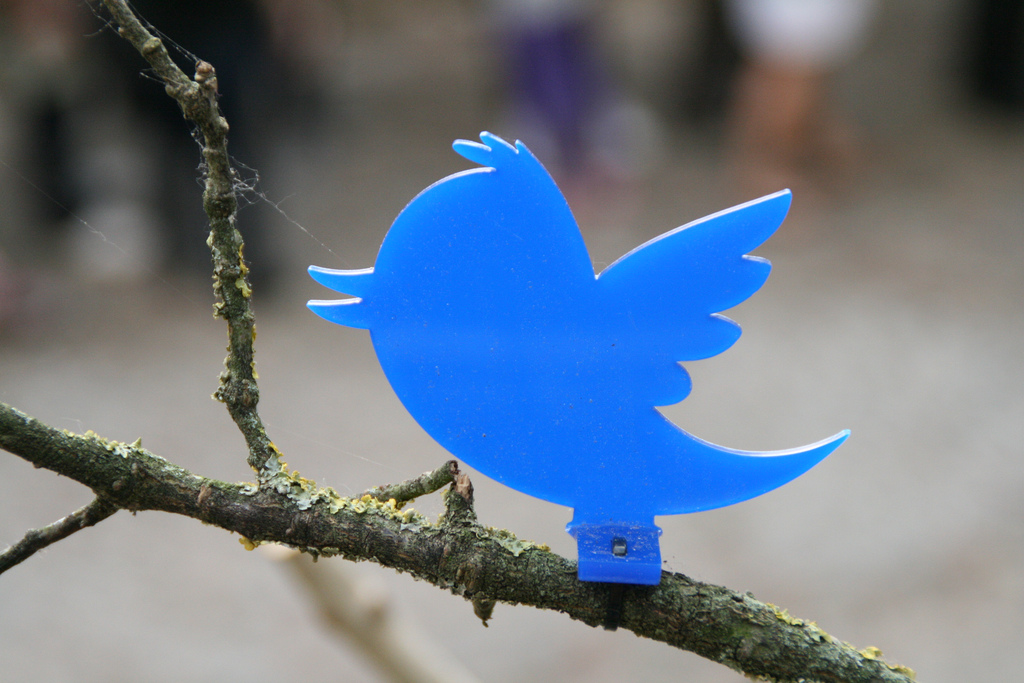
As the enterprise microsharing market (aka “Twitter inside Business”) grows, I hear from skeptical leaders befuddled by this trend, wanting to be reassured their people aren’t simply wasting time. Here are specific questions I’ve received and how I respond to each.
Question: How can all of this yammering be good for business and my bottom line?
Answer: In tough economical times, business managers seem to become critical of every activity even those generating the energy required for success. Break down the hype you have about what fosters your competitive advantage and you may come to realize your only lasting competitive advantage is the ability to learn and apply the right things faster than your competitors. Once you’re there, you’ll probably notice innovations and learnings come largely from the little moments between the activities we’ve previously thought of as jobs.
Microsharing (a less intimidating term than microblogging) is astounding my clients as it liberates and bridges information in and around their organization in ways they hadn’t even known they were missing before. Sure, its use needs to be managed, but the same could be said about telephones, email and meetings.
Let me answer this in a different way, too, though. Before focusing your accusations on social software, do a quick reality-check about the methods and measure of how people around your organization are communicating and collaborating today. Knowledge is fundamentally social.
In my experience, the earliest adopters of microsharing tools are technically savvy people who were already having these conversations, just not as easily or with as strong of results. They were the ones on their phones, on email discussion lists, in bulletin boards, or talking it up with the people in their physical proximity. Twitter (or her enterprise counterparts) didn’t spawn this behavior. People seeking the next great aha-erlebnis weren’t the wall flowers who kept to themselves. They were social enough already to know they did their best when engaged with other people. These tools just harnessed their focus, gave them a single user interface, and a question from which to launch from.
“What are you doing?” gave way to, “What have you learned today other people should know about?” “Anyone know the answer to my question?” and “Check out this research. It has the potential to change the way we work.”
Q: Will these super short messages that some people write so frequently open us up to litigation?
A: Enterprise microsharing doesn’t introduce new legal issues. Whenever an employee shares information, there is the possibility of leaking sensitive information or financial data that wasn’t suppose to get out. The issues of most enterprise 2.0 tools are the same issues and concerns raised when we saw email leaving our servers for the first time. When we’re communicating about things that matter, people have a tendency to become personal. What creates emotional nearness can also be construed as too private for correspondence of any length.
If you’re part of an industry like securities and exchange that must maintain records of all correspondence, you’ll need to comply with regulations and capture these exchanges, too. If you’re in a business that handles sensitive information, you likely have already implemented strong policies prohibiting people from sharing those details. If you suspect your people need to be reminded this is one more communications tool that can be abused, remind them of their responsibilities rather than blame the tool or ban it out of fear it will be the source of a problem.
Your company should have a list of policies regarding social media to ensure trade secrets remain secret, personal lives don’t become public, financial information doesn’t get advertised, and there are consequences clearly stated about using these tools for negative publicity. Make the conversation about how to communicate wisely and in line with the ethical standards you maintain for your company overall. If you seek specifics, Legal OnRamp has developed a Web 2.0 and The Law wiki for members of the legal community to focus on issues relevant to this space.
Q: Is social software going to unravel organizational systems?
A: Modern approaches that help people work and talk together don’t replace organizational systems; they extend age-old arrangements of how people have self-organized throughout time.
As John Bordeaux explains, social media represents an affirmation of the organization as ecosystem. It introduces diverse voices into the value network and, along with organizational network analysis, reveals that every organization is more than the employees, and is best understood, examined, and managed as an ecosystem.
Yes, it challenges the hierarchical delivery of information we use to manage our work lives, but that is a challenge to hierarchy, not to organizational theory. And before you declare the death of hierarchy, consider that this is an artifact of our sociology. It will take more than twitter to reverse the anthropological and sociological imperatives of hierarchy. If anything, microsharing represents a different kind of organizational system, one based on knowledge, quality and timeliness of data, and subjective merit.
Poet Brian Andreas could have been writing about the short bursts of information shared when he wrote, “These are little scraps of magic & when you paste them together you get a memory of something fine & strong.”
Have a questions you’d like me to answer? Ask in the comments or in fewer than 140 characters @marciamarcia
Originally published on Fast Company’s Learn At All Levels by Marcia Conner.
[Photo credit: Larry a temp de flours 2012, L’encaputxat]